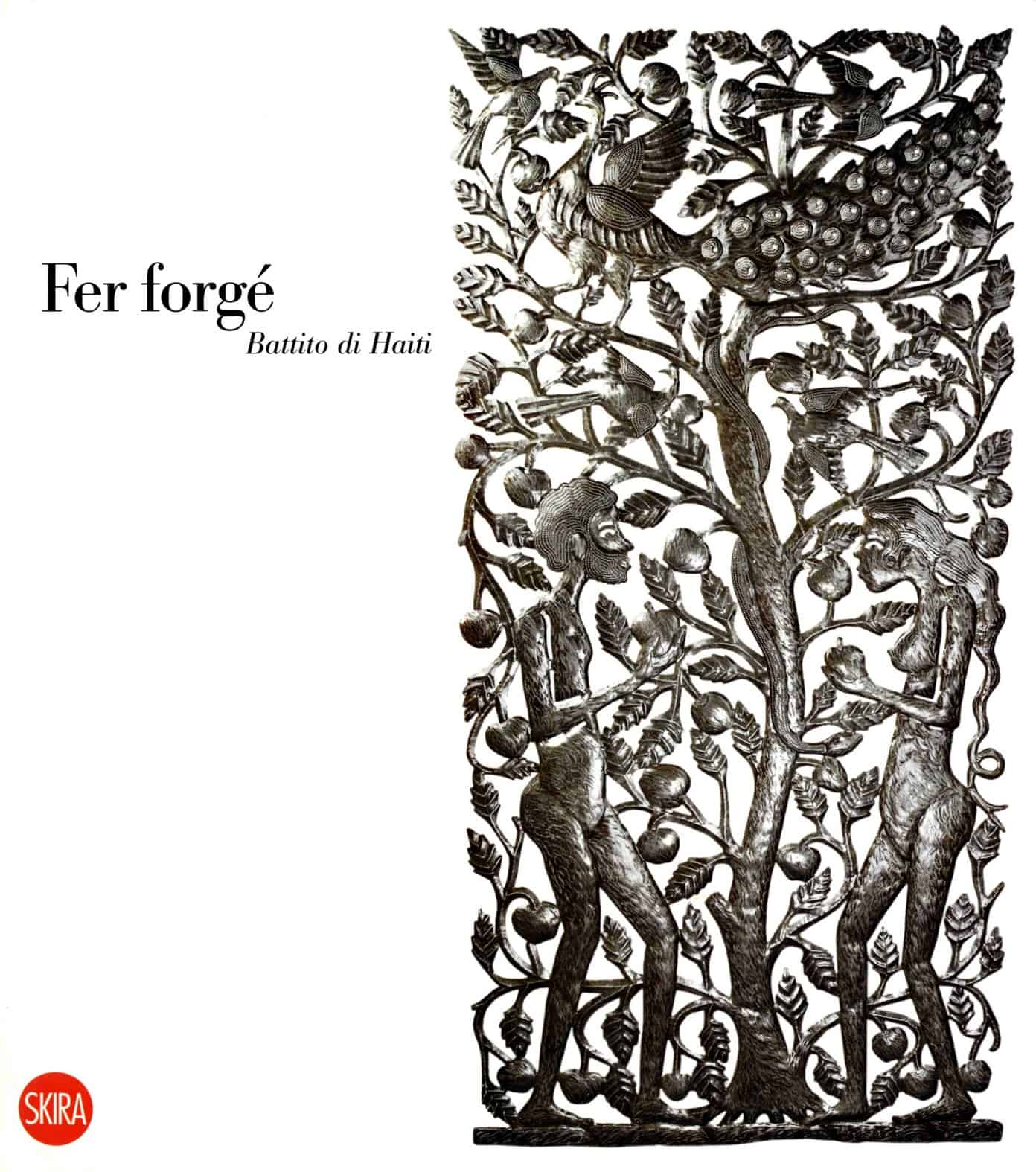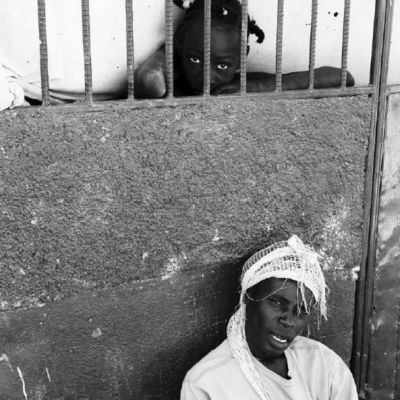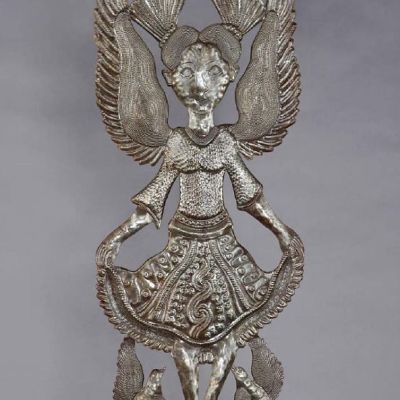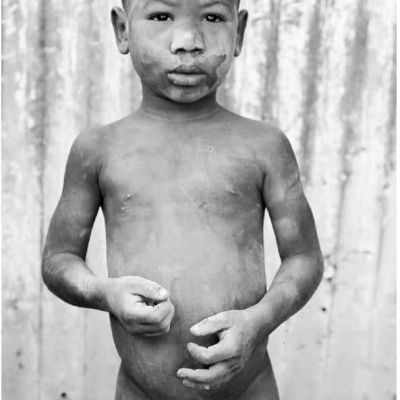TRIENNALE DI MILANO
The temporary exhibition “Fer forgé. Beat of Haiti”, born from the collaboration between the Fondazione Francesca Rava – N.P.H Italia Onlus, Nescafé and MUSEC, is the result of a multidisciplinary research and reflection on some of the prevailing features of Haiti’s contemporary culture and art creativity, seen from the inside and from the outside, and expressed through a play of contrasts and contradictions that represent the most immediate transposition of the perception of the country’s socio-cultural context and conditions. Interacting with each other are, on the one hand, photographs and, on the other, metal and polychrome sculptures that illustrate the paradoxes, contradictions and talents of one of the beating hearts of contemporary African-American art creativity in the broader context of the humanitarian and sustainable economy project of which the exhibition is an integral part.

The route and reflections
The exhibition itinerary is divided into three sections; the first two rooms display to the visitor a host of colours and shapes that constitute a sort of confirmation of the characteristics that the collective imagination of the West attributes to the artistic tradition of the Antilles. Speaking to us, in a lively sounding context, are the masks of the Jacmel Carnival and a series of other sculptural works made using the papier-mâché technique. In the third room, which is conceived as a sort of ‘clearing house’, five large trees made of wrought, cut, engraved and painted metal anticipate the main theme of the exhibition and, at the same time, emotionally introduce us to the central part of the exhibition, which has been imagined as a moment of photographic reflection capable of restoring to the visitor the context in which the works of art on display take shape. It is a reflection deliberately torn between two extremes: on the one hand, the discovery, often painful, of the existential condition of Haitian man; on the other, urban landscapes in which architectural structures seem to find a reason for being in the colour contrasts they generate in space, rather than in a practicality or a history that seem to disappear in the evanescence of a world populated by the ghosts of culture. A path, therefore, between presence and absence, visible on the one hand in the series of 40 black and white photographs by Stefano Guindani, exhibited in the fourth and fifth rooms, and on the other hand in the 16 colour photographs by Roberto Stephenson, exhibited in the large corridors surrounding the central room, whose long and unusual formats add to the vision of absences the idea of flight and the objective inability to perceive the facts of culture.
Finally, the large central hall displays 42 works of wrought metal, cut out and sculpted from recycled barrels and bins, which come from the suburban suburb of Croix-des-Bouquets, north of Port-au-Prince. This is the backbone of artworks in the exhibition, which tells us about a surprising art, which has generated a veritable spontaneous school, and which declines the characters of the ideological and social imaginary into simple and strongly expressive forms that tend to emphasise the complexity and becoming of things. Despite their accentuated two-dimensionality, the sculptures remind us of an eloquent universe of interior images that the exhibition seeks to enhance through the use of positive and negative projections of the silhouettes of the sculptures, as if to restore, in the play of shadows, the depth of the cultural inspiration of which they are primarily the result.




